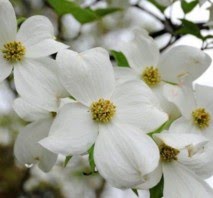The Midwest Living Magazine states, that plants need to stay hydrated. No matter what you plant this fall, keep watering until winter hits. Even when summer cools off, plants can get dehydrated, which means they'll struggle to survive their first winter.

Southern Living published the "Beginner's Guide to Mums." Fall’s favorite flower is a no-brainer when you follow these tips below.
Chrysanthemums say fall as much as turkey says Thanksgiving. Pedestrian to the point of being cool, this plant is going to make you look great right through football season. Jimmy Turner, senior director of gardens at the Dallas Arboretum in Texas, knows mums. He and his staff plant close to 20,000 each fall both in the ground and in pots. Here are his tips.

Tip 1:
When night temps drop (mid-September), buy plants as they start to break bud. You’ll maximize bloom time. To find the color and type of flower you’re after, check plant tags and cross-reference with already opened blooms. Garden centers usually group like selections together.

Tip 2:
For impact, sport no more colors than are on your team’s jersey. You will stretch your dollars by choosing darker shades such as bronze and burgundy. They look better longer; spent flowers are less noticeable. The same is true for mums with double, as opposed to single, daisy-like blooms.

Tip 3:
What you see is what you get: Buy the bigger plant. Once buds start to open, you’re pretty much guaranteed flowers―no matter where you display them. They’ll be happiest in sun, but if you’re planning to compost them once the show is over, it’s fine to bend this rule.

Tip 4:
Keep flowers coming by watering and pinching. Soil should be moist, but never wet. Check daily while weather is warm, every other day when it’s cooler. Fertilizing is not necessary. Remove faded blooms to encourage even more buds to open and you’ll have color through October.
If plants dry out, submerge in a bucket of water, or jab a sharp pencil into the soil several times and then water.

source: Southern Living













No comments:
Post a Comment